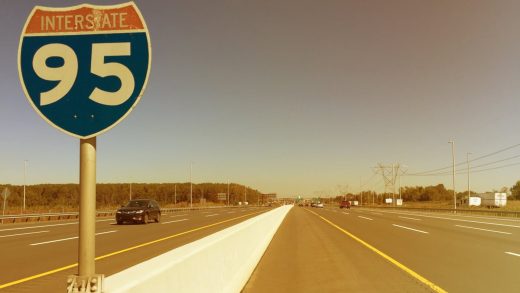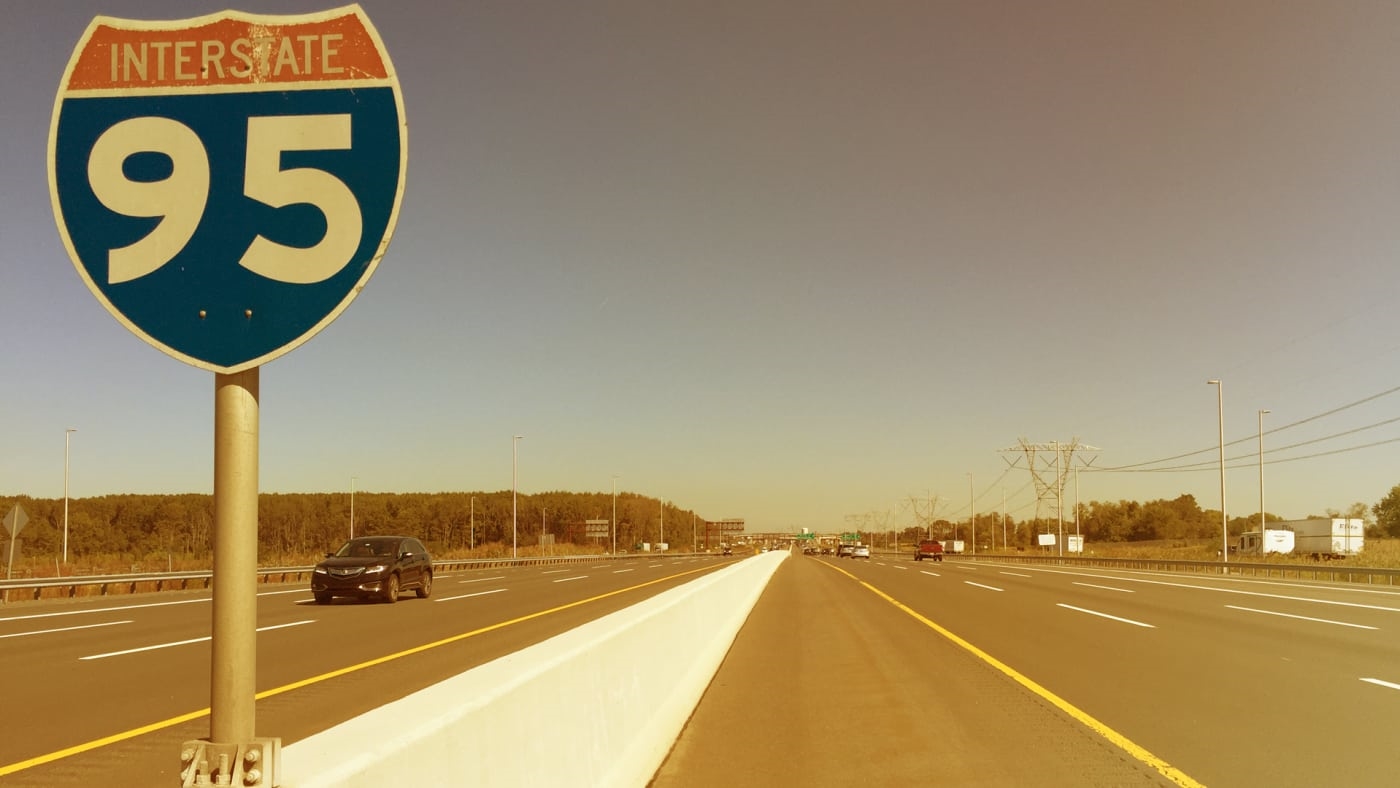Interstate 95 is finally finished—and so is our era of ambitious infrastructure projects
It’s hard to imagine now, but there was a time when the federal government actually did things for the long-term benefit of country and not just to win elections and score points. The Interstate Highway System—greenlit by President Dwight D. Eisenhower in 1956—is often held up as the quintessential example of that bygone era, an infrastructure project of unimaginable scale that connected the country, revolutionized commerce, transformed industries, and imbued America with its enduring car-obsessed identity.
Amazing what a little legislative grit can accomplish.
Now, more than 60 years later, the Interstate Highway System is finally nearing completion. As Crain’s reports, highway officials in Pennsylvania are closing a detour that had long vexed drivers on I-95, where a long stretch of the highway didn’t connect. Drivers who continued along I-95 North would be forced onto another road for about eight miles–veering south toward Trenton, New Jersey, before being reconnected to the interstate. (I grew up in Trenton and can attest to the headache this detour created.)
Because the shortest distance between two points is a straight line—even in New Jersey—the Pennsylvania Turnpike Commission spent about two decades linking the road back together via the “I-95 Interchange Project,” which includes new connections to the New Jersey and Pennsylvania turnpikes that will officially open on September 24, 2018.
I-95, Crain’s reports, is the last infrastructure project funded by the 1956 National Interstate and Defense Highways Act. News of its completion comes with a tinge of sadness and irony, as the Trump administration’s own infrastructure plan has been dead in the water for months now, dogged by a lack of political will and a three-hour news cycle that can’t seem to focus on anything beyond the president’s last tweet.
At least we can still hit the open road, step on the gas, and reminisce about a more ingenious period in American history—until the self-driving cars take over, that is.
(40)



